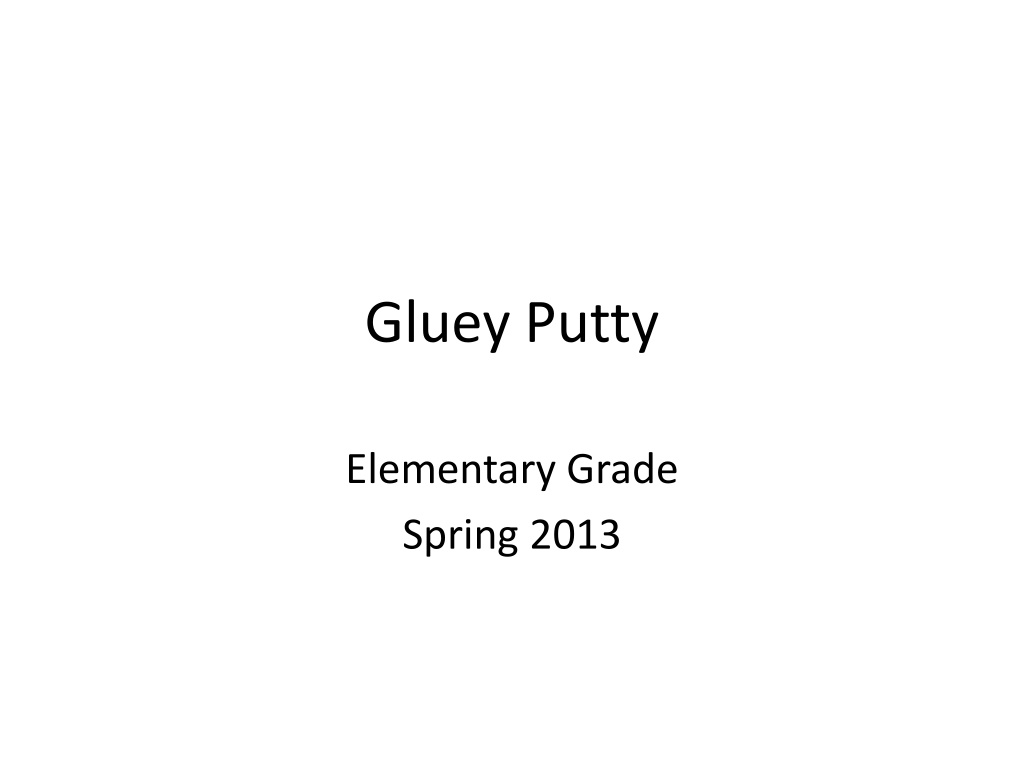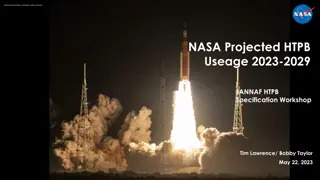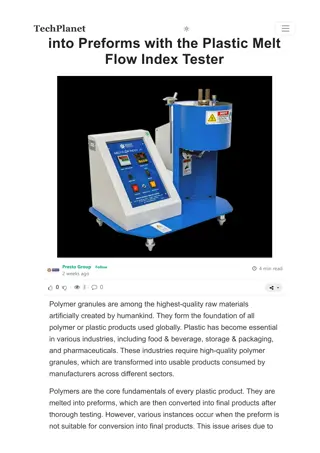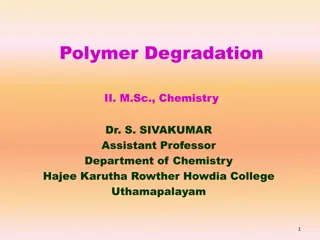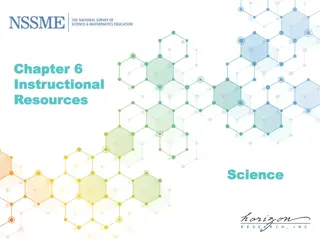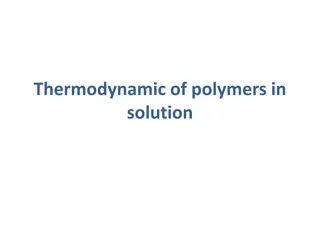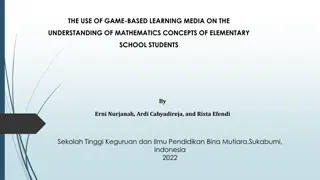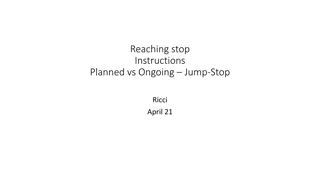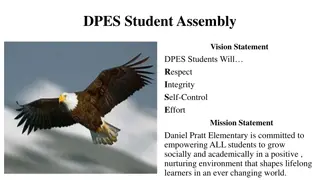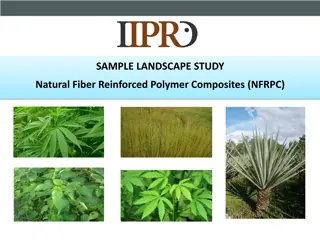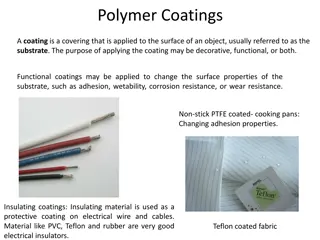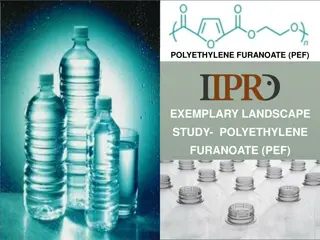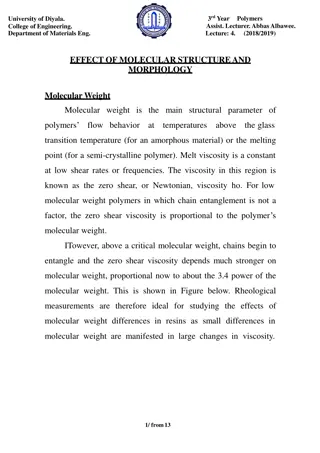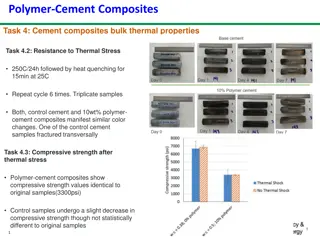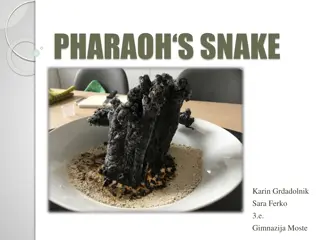Interactive Polymer Science Experiment for Elementary Students
Engage elementary students in a hands-on polymer science experiment using Gluey Putty. The experiment includes activities like creating polymer chains, skewering a water-filled plastic bag, making Gluey Putty, and exploring its properties. Students learn about solids, liquids, gases, monomers, and polymers through fun and interactive demonstrations.
Download Presentation

Please find below an Image/Link to download the presentation.
The content on the website is provided AS IS for your information and personal use only. It may not be sold, licensed, or shared on other websites without obtaining consent from the author. Download presentation by click this link. If you encounter any issues during the download, it is possible that the publisher has removed the file from their server.
E N D
Presentation Transcript
Gluey Putty Elementary Grade Spring 2013
Pre-Activity Two VSVS volunteers should conduct the introduction section, while the other volunteers prepare the cups for the Gluey Putty. Shake the Glue/Water mixture before using. Prepare for each student: (50 mL of glue/water solution) in 10 oz. cups Prepare for each student: 10 mL of Borax in 1 oz. cups
Introduction Write these words on the board: - Solid, Liquid, Gas, Polymer, Non-Newtonian Liquid Make a chart to discuss the differences between solids and liquids. Monomers and polymers Plastic as a polymer
I. Student Polymer Chain Solids: 8 students hold arms and take baby steps around a spot on the ground. Explain that movement is limited but constant. Liquids: Have the students move at arm s length away from other students Explain that students have more freedom. Gases: Tell the students to move freely around a room. Explain that they can move freely around a room like a gas. Student Polymer: Have the 8 students form 2 chains Cross link the chains: have two students hold the upper arms of two students in chains.
II. Skewering a Water-Filled Plastic Bag Fill a plastic bag about 1/4th of the way full with water. Dip the tip of the skewer into the small container of glycerol. Wipe off the excess. Have one volunteer hold up the plastic bag; another volunteer use a gentle twisting motion to insert the skewer into the bag. Continue pushing on the skewer until it emerges through the opposite side. Show the students that the bag does not leak. Carefully remove the skewer over the plate, and the water will leak out.
III. Making Gluey Putty Have students place the wax paper on top of the desk to protect the surface. Give each student the following: A sheet of wax paper to protect the work surface. 10 oz. cup containing: a Ziploc bag and 50 ml glue-water mixture. 1oz. cup containing: 10 ml clear 4% borax, a shell, a penny and 1 popsicle stick.
IV. Using the Gluey Putty Ask a student to describe the glue mixture Show the students the borax cutout cover; ask the students to describe the borax solution Tell the students mix the borax solution with gluey putty. Knead the gluey putty for a few minutes while it is in the plastic bag.
V. Determining the Properties of Gluey Putty Ask the students to follow the various methods in the instruction sheets to make observations on the properties of Gluey Putty. Sample Observation: Squeeze half of the gluey putty; grasp one edge in mid-air and ask what happens. The gluey putty behaves like liquid as it flows.
VI. Clean-up and Review Have students put the gluey putty into the Ziploc bag and seal it so they can take it home. Roll up the wax papers with popsicle sticks and throw them away after this activity. Put all used cups in the trash bag and place it in the kit. Go over the observation sheet responses and ask When does the putty act like a solid or a liquid?
